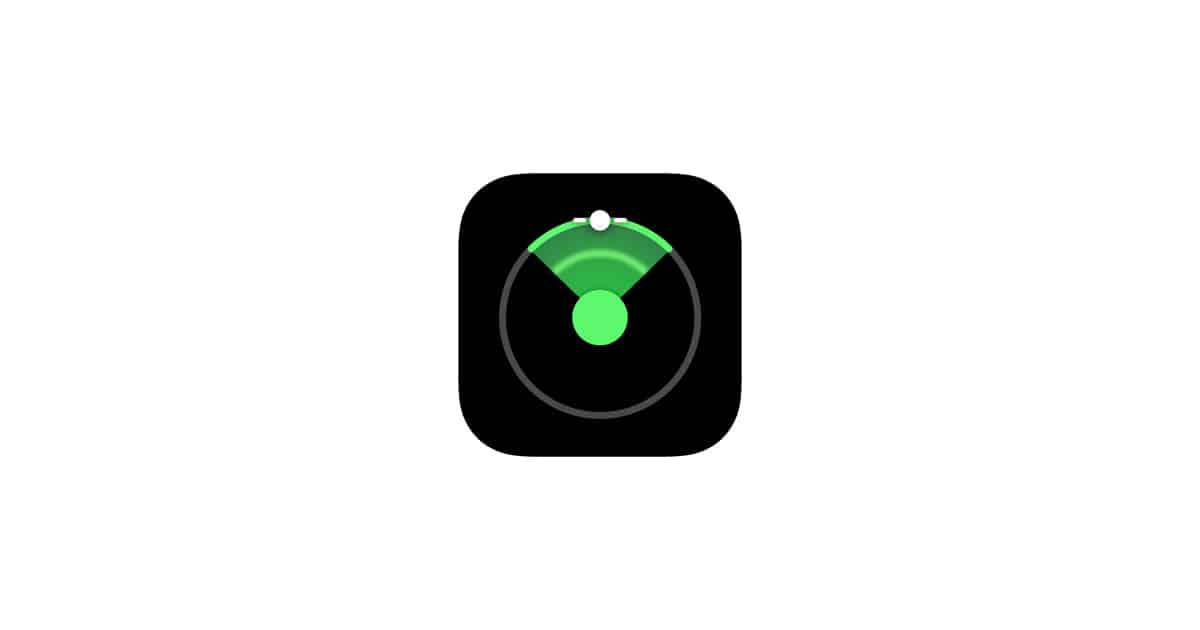Apple has officially launched its Emergency SOS via Satellite feature in Mexico, expanding its life-saving technology to more users in regions with limited cell coverage. The feature is now available for iPhone 14 and later models, as well as the Apple Watch Ultra 3, marking another step in Apple’s global emergency response rollout.
Initially launched in the U.S. and Canada in 2022, the feature later expanded to Europe, Australia, and New Zealand. Now, Apple users in Mexico can connect with emergency services even without traditional mobile or Wi-Fi signals.

Helping People Stay Connected in Remote Areas
In a statement, Juan Antonio Suárez Sánchez, head of Mexico’s National Information Center, praised Apple’s initiative:
“In a country as geographically diverse as Mexico, there are regions with limited mobile coverage. Emergency SOS via satellite offers a vital lifeline for people in critical situations.”
He added that the technology will enhance public safety by helping first responders locate and assist those in distress when every second counts.
The feature uses satellites to relay short text messages to emergency dispatch centers via Apple-supported ground stations. Once a user activates SOS mode, Apple’s team forwards the message to local authorities, ensuring help is on the way.
Free for Two Years — and Expanding
Apple confirmed that the satellite service will remain free for two years after activating a compatible device. Although the company has yet to introduce subscription fees, it has extended this free period several times since launch.
The feature has also evolved beyond emergencies. In some regions, it now supports roadside assistance via satellite, allowing stranded drivers to connect with help even in off-grid areas.
Despite early talks with Elon Musk’s Starlink in 2020, Apple continues to develop its own satellite infrastructure, signaling long-term investment in global connectivity.
A Lifeline When It Matters Most
With its rollout in Mexico, Apple’s Emergency SOS via Satellite continues to prove its value as a safety innovation. Whether in remote mountains or rural highways, Apple users can now rely on a direct link to emergency responders — even when the network goes silent.












